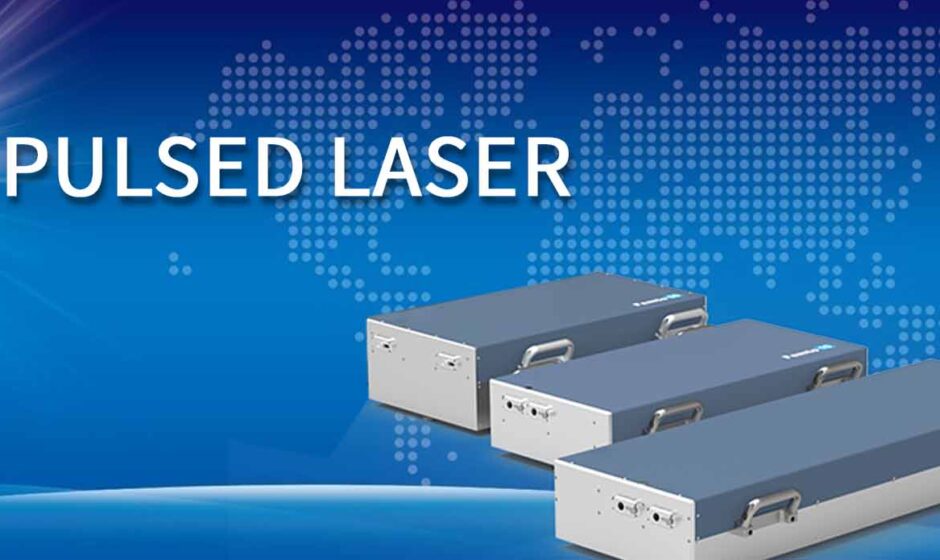Picosecond lasers are cutting-edge laser systems that emit light in extremely short pulses, typically ranging from 1 picosecond (one trillionth of a second) to about 10 picoseconds. This remarkable technology allows for precision and effectiveness in a variety of applications across numerous fields, including materials processing, medical treatments, and scientific research. In this article, we will explore what picosecond lasers are, their working principles, diverse applications, and the advantages they offer.
What is a Picosecond Laser?
A picosecond laser is a type of laser that generates extremely short bursts of light. These lasers utilize different gain media, including solid-state materials, fiber optics, and semiconductors, to produce high-energy pulses. The unique capability of delivering energy in such brief durations enables picosecond lasers to achieve exceptional effects that are unattainable with longer pulse lasers.
How Do Picosecond Lasers Work?
The operation of a picosecond laser involves several critical steps, which can be outlined as follows:
- Energy Storage: The laser system starts with a gain medium, which amplifies the laser light. Energy is stored in this medium through a process known as population inversion, where a higher number of atoms or molecules are excited to a higher energy state than those in the ground state. This energy storage is crucial for generating the intense laser pulses.
- Pulse Generation: When the stored energy is released, it produces a burst of light. In the case of picosecond lasers, this release is meticulously controlled to produce very short pulses. Techniques like Q-switching or mode-locking are commonly used to achieve this rapid emission. Q-switching enables the laser to release energy in a single, powerful pulse, while mode-locking allows for the generation of a series of ultra-short pulses in quick succession.
- Pulse Amplification: Once the initial pulse is generated, it passes through a series of optical components, including mirrors and lenses, which amplify and focus the beam. This amplification process enhances the energy and intensity of the pulse, preparing it for the intended application.
- Output: The final outcome is a high-energy, focused laser pulse that can be directed at the desired material or target. The ability to control the pulse duration and energy levels enables users to customize the laser for various applications.
Applications of Picosecond Lasers
Picosecond lasers are employed in a broad range of applications across multiple industries, benefiting from their precision and flexibility. Some common applications include:
1. Material Processing
One of the most significant applications of picosecond lasers is in material processing. These lasers are widely used for cutting, engraving, and marking various materials, including metals, plastics, and ceramics. The precision of picosecond lasers allows for intricate designs and details while minimizing thermal damage to the surrounding material. This capability is especially beneficial in industries where high-quality finishes are essential.
2. Medical Applications
In the medical field, picosecond lasers have gained popularity for their applications in dermatological treatments, such as tattoo removal, scar revision, and skin rejuvenation. The precision of picosecond lasers enables targeted treatments that minimize damage to surrounding tissues. For example, during tattoo removal, the laser selectively breaks down the ink particles, allowing the body’s immune system to eliminate them without harming the skin.
3. Scientific Research
Picosecond lasers play a crucial role in scientific research, particularly in fields such as spectroscopy and microscopy. Their short pulse durations enable researchers to study rapid processes and phenomena at the molecular and atomic levels. For instance, in time-resolved spectroscopy, scientists can investigate the dynamics of chemical reactions by capturing the behavior of molecules in real time.
4. Telecommunications
In the telecommunications sector, picosecond lasers are utilized for high-speed data transmission. Their ability to produce short pulses of light facilitates greater bandwidth and faster information transfer, enhancing the performance of optical communication systems. As data demands continue to increase, the role of picosecond lasers in telecommunications is expected to grow.
5. Laser-Induced Breakdown Spectroscopy (LIBS)
Picosecond lasers are also used in laser-induced breakdown spectroscopy, a technique that analyzes materials by creating a plasma through laser pulses. This method is valuable for elemental analysis and is employed in various industries, including mining, environmental monitoring, and quality control in manufacturing processes.
Advantages of Picosecond Lasers
Picosecond lasers offer several significant advantages compared to traditional laser systems:
- Precision: The ability to deliver energy in extremely short bursts allows for high accuracy and minimal thermal impact on the surrounding material. This precision is essential in applications where detail and quality are critical.
- Versatility: Picosecond lasers can mark, engrave, and cut a wide range of materials, making them suitable for diverse applications across multiple industries. Their adaptability ensures that they can meet the specific needs of different sectors.
- Speed and Efficiency: Picosecond lasers can achieve high processing speeds, significantly enhancing productivity in both manufacturing and medical applications. The rapid pulse generation enables quick and efficient processing, reducing overall operational time.
- Reduced Downtime: The precision and reliability of picosecond lasers often lead to fewer errors and less rework, reducing downtime in industrial processes. This reliability makes them an attractive option for businesses looking to improve efficiency.
- Environmental Impact: Picosecond lasers are more environmentally friendly than traditional marking or cutting methods. They produce minimal waste and do not rely on harmful chemicals, making them a sustainable choice for various applications.
Conclusion
Picosecond lasers represent a significant advancement in laser technology, offering exceptional precision and versatility for a wide range of applications. Their ability to produce extremely short pulses of light allows them to perform tasks that require high accuracy while minimizing damage to surrounding materials. As technology continues to evolve, picosecond lasers are likely to play an increasingly important role in various fields, from manufacturing to medical treatments and scientific research. By understanding their capabilities and applications, industries can harness the power of picosecond lasers to enhance productivity and innovation.



